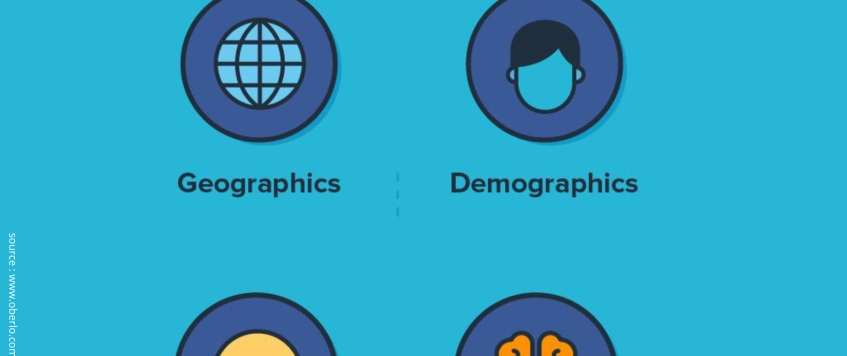-
30
Jan
What is Market Segmentation?
Market segmentation is when you divide your visitors and customers into segments, or groups, based on qualities that they have in common. There’s an infinite number of ways to divide your customers into groups. That’s why your own market segmentation definition can – and probably will – be different from your competitors.
Here are a few customer segmentation examples to make different customer groups:
• VIPs: customers who shop the most often or who spend the most money
• Active, long-time users who are recurring customers
• Reactivated customers, who made a purchase, became inactive for a while, then made another purchase
• Low-tier, recurring customers who shop less often and spend less money
• New customers who just made their first purchase
• New visitors who just registered for your mailing list without making a purchase
4 Types of Market Segmentation and Market Segmentation Examples
There are 4 main types of market segmentation: demographic, geographic, behavioral, and psychographic. Focus on them when you’re trying to improve the customer experience for your shoppers.
Demographic
Demographic market segmentation is when you divide your customers into groups based on their demographic information, such as age, income, gender, education level, single or married, family size, race, job title, religion, and more.
Demographic segmentation is the most popular type because it’s the easiest and most reliable way to divide customers.
For example, apartment décor companies that focus on college students decorating their dorms and homes. The company wanted to market a special collection of accessories and clothing for women who were members of a group – a more specific demographic than just women in college.
The marketing team looked at the company’s data to see who interacted with emails and advertisements. Then they used this information to create a list of people who would receive product emails.
Geographic
Geographic segmentation is when you separate customers based on where they are. If you’re an international store, this can be by continent or country. You can also segment them by region, state, city, and even neighborhoods or areas inside a city. For example, Brooklyn, Manhattan, and Queens are neighborhoods of customers who live in New York City.
An outdoor clothing and gear company, is known for hosting local events in cities with a strong customer base. The company hosted an event in the Upper West Side, Manhattan at one of its stores. It invited customers to browse a photo gallery, drink beer from a local brewer, and even meet the artist. While this company has stores across the United States, this email was sent to the company’s subscribers who live in the area and were within traveling distance to attend.
Behavioral
This method makes groups based on a customer’s behavior online, like:
• How they use your website (which pages they visited, which links they clicked, what time they shop, when was the last time they shopped, etc.)
• What they know about your products (are they still learning or ready to make a purchase?)
• How they use your products (do they come back often to refill their supply or get more?)
• How they make decisions (are they impulsive or slow to buy?)
For example, some customers spend months learning about a product before they buy it, while some customers are “impulse shoppers” who buy it right when they see it. Some people want to go to a physical store to see the product in person, while some people always buy online. When you know how your customers behave, it’s easier to give them what they want.
Psychographic
This strategy is about a customer’s beliefs, values, personality, and lifestyle. All of these traits can affect their shopping decisions. Psychographic groups might be a mix of other types of segmentation, like their age or religion (demographic) or their location (demographic). These details often play a role in a person’s attitudes and lifestyle.
For example, you might find that millennial customers, or customers who were born between 1981 and 1997, are more likely to buy organic, “all natural,” or eco-friendly products.
3 segments related to the customers’ purchase patterns. These segments were:
• VIP customers, who made more money and liked to buy the latest trends. These customers received exclusive invites to special events.
• Sale shoppers, who made more purchases when there was a discount. These customers received 30% discounts.
• Brand shoppers, who are loyal to certain brands and are willing to spend a little extra for them. These customers received 10-15% discounts on their favorite brands.
Relevant Articles of Marketing : TOUCH POINT MARKETING, AI MARKETING, USE OF STP MARKETING
